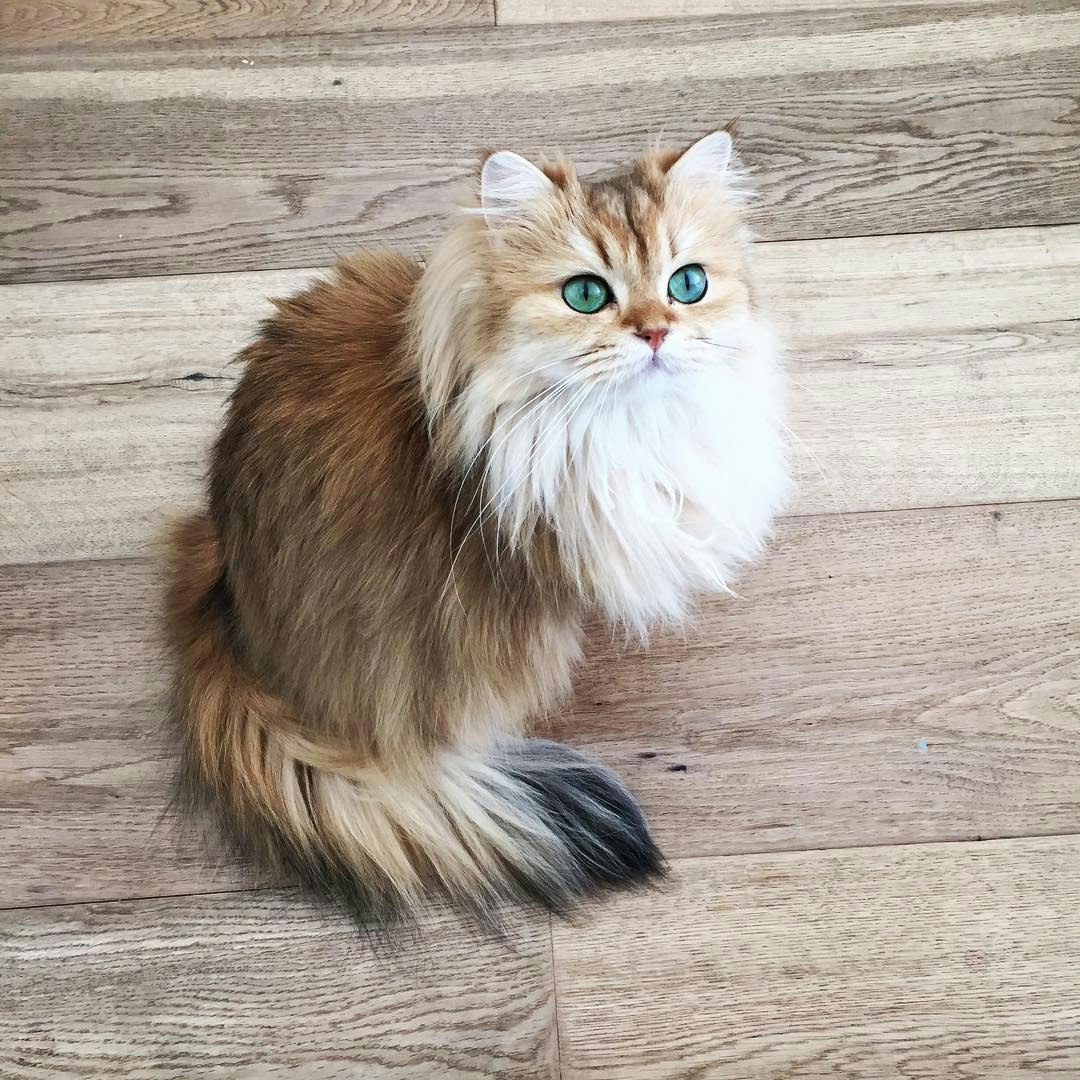APIのバージョンが変わったからなのか、ちょっと手間取ったので共有します。
なお、当方はPython初学者 & Azure初心者です![]()
やったこと
- 機械学習のために画像収集した
- 1000枚くらい欲しくて、調べた感じ
Bing Image Searchが良さそうだったのでこれを使うことにしました。 - Yahoo、Bing、Googleでの画像収集事情まとめを参考に決めました。
- 現在はAzureの無料試用版なので無料で使えてます。
環境
- Ubuntu 16.04
- Python 3.6
事前準備
事前準備はBingの画像検索APIを使って画像を大量に収集するを参考に進めました。
- Azureアカウント作成
- Azure上にAPIリソースを作成
- 価格レベルはS1にしました。
- 料金表を見る限り、S3の方が安そう。
- APIエンドポイントURLとKeyを取得
- エンドポイントは作成したサブスクリプションの
Overviewメニューで確認できます。 - Keyは作成したサブスクリプションの
Keysメニューで確認できます。
- エンドポイントは作成したサブスクリプションの
画像収集コード
実装はHow to (quickly) build a deep learning image datasetを参考しました。(ほぼそのままです)
私はJupyterNotebook上で実行しています。
from requests import exceptions
import argparse
import requests
import cv2
import os
API_KEY = "<取得したAPIKey>"
MAX_RESULTS = 100
GROUP_SIZE = 50
# 取得したエンドポイントURL
URL = "https://api.cognitive.microsoft.com/bing/v7.0/images/search"
OUTPUT = '<画像を保存するディレクトリ>'
if not os.path.isdir(OUTPUT):
os.mkdir(OUTPUT)
EXCEPTIONS = set([IOError, FileNotFoundError,
exceptions.RequestException, exceptions.HTTPError,
exceptions.ConnectionError, exceptions.Timeout])
term = '<検索語>'
headers = {"Ocp-Apim-Subscription-Key" : API_KEY}
params = {"q": term, "offset": 0, "count": GROUP_SIZE, "imageType":"Photo", "color":"ColorOnly"}
# make the search
print("[INFO] searching Bing API for '{}'".format(term))
search = requests.get(URL, headers=headers, params=params)
search.raise_for_status()
# grab the results from the search, including the total number of
# estimated results returned by the Bing API
results = search.json()
estNumResults = min(results["totalEstimatedMatches"], MAX_RESULTS)
print("[INFO] {} total results for '{}'".format(estNumResults,
term))
# initialize the total number of images downloaded thus far
total = 0
# loop over the estimated number of results in `GROUP_SIZE` groups
for offset in range(0, estNumResults, GROUP_SIZE):
# update the search parameters using the current offset, then
# make the request to fetch the results
print("[INFO] making request for group {}-{} of {}...".format(
offset, offset + GROUP_SIZE, estNumResults))
params["offset"] = offset
search = requests.get(URL, headers=headers, params=params)
search.raise_for_status()
results = search.json()
print("[INFO] saving images for group {}-{} of {}...".format(
offset, offset + GROUP_SIZE, estNumResults))
# loop over the results
for v in results["value"]:
# try to download the image
try:
# make a request to download the image
print("[INFO] fetching: {}".format(v["contentUrl"]))
r = requests.get(v["contentUrl"], timeout=30)
# build the path to the output image
print
ext = v["contentUrl"][v["contentUrl"].rfind("."):v["contentUrl"].rfind("?") if v["contentUrl"].rfind("?") > 0 else None]
p = os.path.sep.join([OUTPUT, "{}{}".format(
str(total).zfill(8), ext)])
# write the image to disk
f = open(p, "wb")
f.write(r.content)
f.close()
# catch any errors that would not unable us to download the
# image
except Exception as e:
# check to see if our exception is in our list of
# exceptions to check for
if type(e) in EXCEPTIONS:
print("[INFO] skipping: {}".format(v["contentUrl"]))
continue
# try to load the image from disk
image = cv2.imread(p)
# if the image is `None` then we could not properly load the
# image from disk (so it should be ignored)
if image is None:
print("[INFO] deleting: {}".format(p))
os.remove(p)
continue
# update the counter
total += 1
今回は 猫 を検索してちゃんと以下のような画像を得ることができました。
その他Tips
- APIのリクエストパラメータで使いそうなものをピックアップして説明します。リファレンスはここです。
-
countレスポンスで返される画像の個数です。デフォルト35で最大150です。 -
imageType画像の種類を指定できます。私はPhotoに指定しました。AnimatedGif・Clipart・Line・Photo・Transparentが指定できるようです。 -
color色についても指定できるようです。後処理が手間だったので私はColorOnlyを指定しました。 -
license今回は指定してないですが、仕事で使うときは指定したほうが良いかもです。ShareCommerciallyとかを指定する感じでしょうか。
-
並列化してみました
↑のコードを実行すると、私の環境では1000件保存するのに20〜30分くらい掛かりました。
遅いなぁと思ったのでさくっと並列処理に変えてみました。ざっくりN倍早くなるはずです。(実際8分くらいになりました
...
from joblib import Parallel, delayed
...
def request_and_save(offset):
count = 0
# update the search parameters using the current offset, then
# make the request to fetch the results
print("[INFO] making request for group {}-{} of {}...".format(
offset, offset + GROUP_SIZE, estNumResults))
params["offset"] = offset
search = requests.get(URL, headers=headers, params=params)
search.raise_for_status()
results = search.json()
print("[INFO] saving images for group {}-{} of {}...".format(
offset, offset + GROUP_SIZE, estNumResults))
# loop over the results
for v in results["value"]:
# try to download the image
try:
# make a request to download the image
print("[INFO] fetching: {}".format(v["contentUrl"]))
r = requests.get(v["contentUrl"], timeout=30)
# build the path to the output image
print
ext = v["contentUrl"][v["contentUrl"].rfind("."):v["contentUrl"].rfind("?") if v["contentUrl"].rfind("?") > 0 else None]
p = os.path.sep.join([OUTPUT, "{}_{}{}".format(
offset, str(count).zfill(8), ext)])
# write the image to disk
f = open(p, "wb")
f.write(r.content)
f.close()
# catch any errors that would not unable us to download the
# image
except Exception as e:
# check to see if our exception is in our list of
# exceptions to check for
if type(e) in EXCEPTIONS:
print("[INFO] skipping: {}".format(v["contentUrl"]))
continue
# try to load the image from disk
image = cv2.imread(p)
# if the image is `None` then we could not properly load the
# image from disk (so it should be ignored)
if image is None:
print("[INFO] deleting: {}".format(p))
os.remove(p)
continue
# update the counter
count += 1
# 4CPUで並列化
Parallel(n_jobs=4)([delayed(request_and_save)(offset) for offset in range(0, estNumResults, GROUP_SIZE)])
ファイルの命名規則が変わってますが気にしない!
